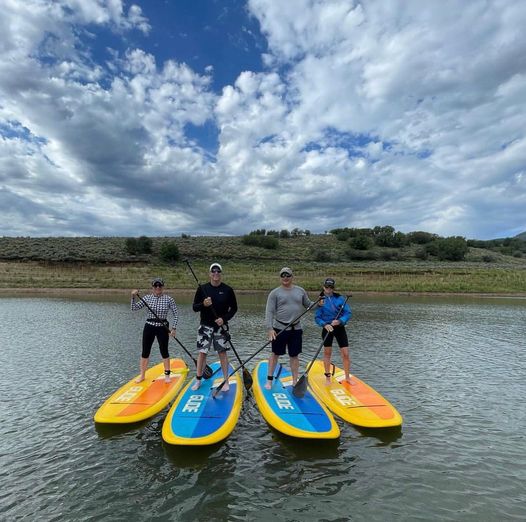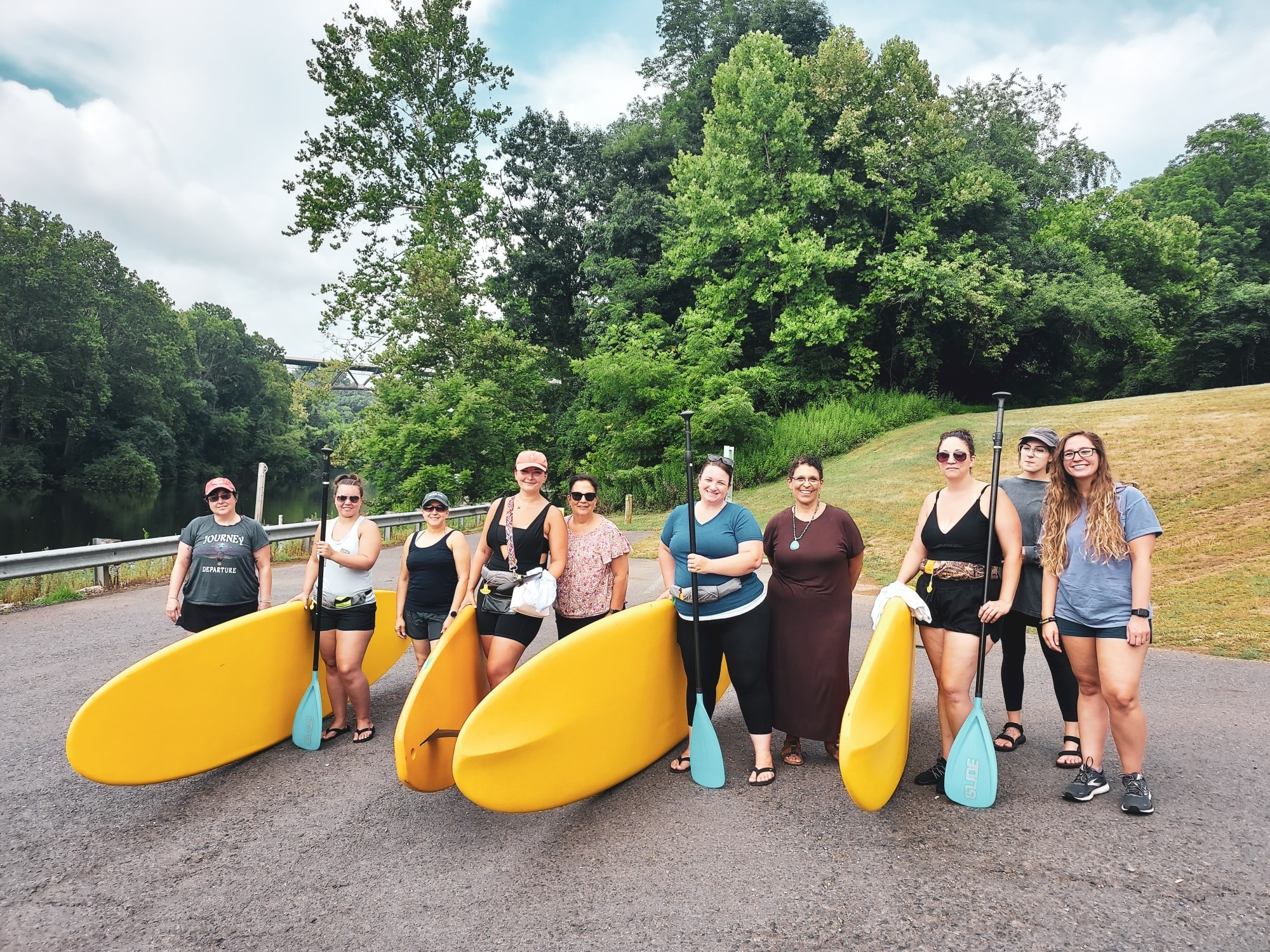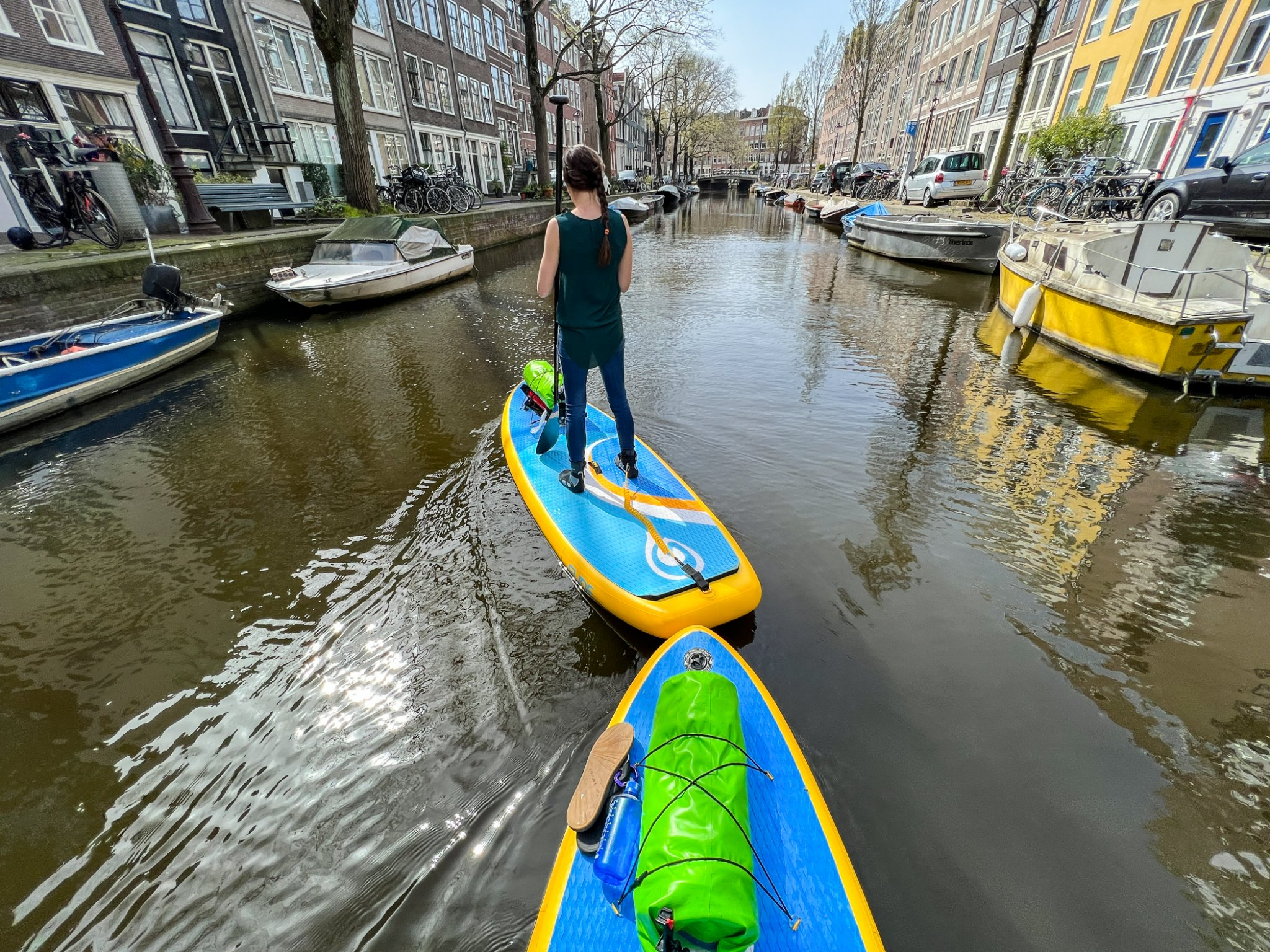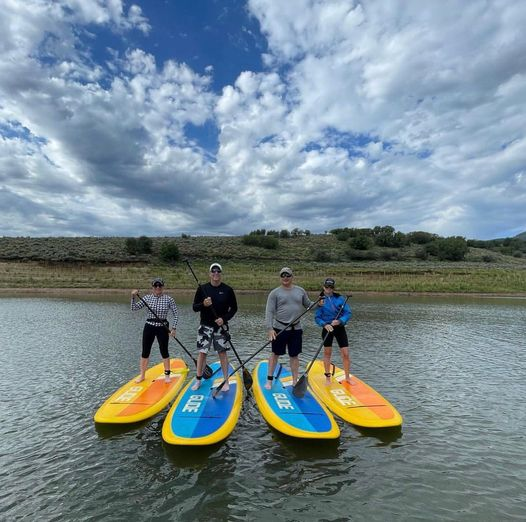
Paddle Board Etiquette for Newbies
Discover essential paddle board etiquette for beginners—safety, courtesy, and environmental responsibility. Learn how to share the water, protect nature, and enjoy every SUP session safely.
Learning paddle board etiquette ensures your SUP sessions are safe, enjoyable, and eco-conscious.
Choose the right board, respect other paddlers, follow local rules, and practice mindfulness on the water.
By combining skill, courtesy, and environmental care, you’ll embody what the paddle boarding community stands for—freedom, fun, and respect for nature.
Paddle boarding is one of the most enjoyable ways to explore the water, but it also comes with shared responsibility. Understanding basic paddle board etiquette helps new paddlers stay safe, protect the environment, and respect others on the water. Whether you’re gliding across a lake, cruising a slow-moving river, or exploring a coastal bay, learning how to behave on your board ensures that every trip is calm, safe, and enjoyable for everyone.
Your first paddle session should feel peaceful, not stressful. Yet, many new paddlers unknowingly break simple etiquette rules that can frustrate others—or worse, cause accidents. This guide walks you through the key habits and courtesies every beginner should know before heading out.

Choosing the Right Paddle Board
Before you hit the water, match your board to your skill level and environment.
-
Inflatable SUPs are perfect for beginners thanks to their durability, easy transport, and storage flexibility. They’re great for calm lakes or mellow rivers.
-
Solid boards offer superior performance for speed, touring, or surf-style paddling.
If you’re unsure which to buy, visit a local rental shop to test both styles before investing. Choosing the right board means fewer spills and more confidence on the water.
Know Your Gear
Familiarize yourself with every part of your paddle board setup before launching.
-
Check your board’s weight capacity—overloading can affect balance and control.
-
Learn how to adjust your paddle and install or remove fins properly.
-
Always wear a PFD (personal flotation device) and attach a leash to stay connected to your board.
-
Keep essentials in a dry bag and use bungees to secure gear like shoes, snacks, or a small cooler.
-
Consider accessories such as a kayak seat, GoPro mount, or deck light if you plan to paddle at sunrise or sunset.
The better you know your gear, the smoother your experience—and the fewer surprises on the water.
Respect Other Water Users
Paddle boarding often means sharing the water with swimmers, anglers, kayakers, and boaters. Practicing awareness and courtesy keeps everyone safe.
-
Give right of way to larger or less maneuverable craft, like sailboats or motorboats.
-
Keep a 50-foot distance from swimmers and always paddle behind, not in front of, moving boats.
-
When launching, don’t block ramps or docks—move quickly to clear space for others.
-
If you’re fishing from your board, stay clear of crowded beaches and follow all local regulations.
Good etiquette isn’t just about avoiding conflict—it’s about fostering respect and harmony on the water.
Launch and Local Etiquette
Before you paddle out, check for posted rules, permits, and access restrictions.
-
Some waterways require invasive species inspections or rinses, especially for inflatable SUPs.
-
Respect private property—only launch from designated public areas.
-
Keep noise levels low to preserve the tranquility that makes paddle boarding special.
-
Be mindful when parking or unloading your board so you don’t block paths, ramps, or driveways.
Understanding and following local laws helps keep SUP access open for everyone.

Environmental Responsibility
SUP puts you in direct contact with nature—protect it.
-
Avoid approaching wildlife or nesting areas. Use binoculars for a closer look instead.
-
Carry all trash back with you, even biodegradable waste.
-
Choose reef-safe sunscreen to protect delicate aquatic ecosystems.
-
Rinse your board and paddle after each session to prevent transferring invasive species.
Paddlers are ambassadors for the waterways they explore. Small actions add up to a cleaner, healthier environment.
Safety First
Preparation is essential to every great paddle.
-
Always check weather and wind forecasts before launching; calm mornings are best for beginners.
-
Let a friend know your route and expected return time.
-
Avoid paddling alone until you’re confident in self-rescue techniques.
-
Carry safety essentials: whistle, light, phone in a waterproof case, snacks, and drinking water.
-
In colder conditions, wear a wetsuit or drysuit to protect against hypothermia.
Being proactive about safety keeps you paddling confidently in all conditions.
Develop Your Skills
Etiquette and skill go hand in hand.
-
Start on calm, flat water to master your stance and balance.
-
Learn to fall safely—always fall away from your board, not onto it.
-
Keep your knees slightly bent and engage your core during each stroke.
-
Take a lesson from a certified instructor to refine your technique and gain confidence faster.
Improving your skills not only makes you a better paddler but also helps you anticipate and react to others on the water.
Mindfulness and Relaxation
Part of paddle boarding’s charm is its meditative rhythm. The steady motion of your paddle, the sound of water, and the balance beneath your feet can all quiet your mind. Try a sunrise session or an evening glide when the water is glassy—these moments of solitude often become the most memorable part of your SUP journey.
If you enjoy yoga or meditation, try SUP Yoga on a stable board like the Glide Lotus Elite. It challenges your core and balance while amplifying the mental clarity that comes from being on the water.
Broaden Your Horizons
Once you’re comfortable, you can explore countless SUP adventures:
-
Try SUP Pilates for fitness, SUP fishing for patience, or urban paddling for a change of scenery.
-
Join local paddle clubs or group events to meet fellow paddlers and learn from others.
-
Travel with your board—an inflatable SUP fits easily into a car or checked luggage.
The SUP lifestyle is about exploration, fitness, and freedom. Keep pushing your limits while respecting every environment you paddle in.

Final Thoughts
Paddle boarding etiquette isn’t about strict rules—it’s about awareness and respect. When you stay mindful of your surroundings, share the water graciously, and protect nature, you become part of a community that values safety, serenity, and connection. Paddle smart, paddle kind, and enjoy every glide.
FAQs
What’s the most important safety rule for beginners?
Always wear a PFD and leash. They’re your lifelines if you fall in.
How close can I paddle to swimmers or boats?
Stay at least 50 feet away from swimmers and yield to boats or kayaks.
Can I paddle board anywhere?
Not always. Check local regulations for restricted zones or protected habitats.
Do I need to follow navigation rules?
Yes—treat paddle boards like small watercraft. Pass on the right, and stay visible.
How can I reduce my environmental impact?
Use reef-safe sunscreen, avoid litter, and clean your board before entering new waterways.







